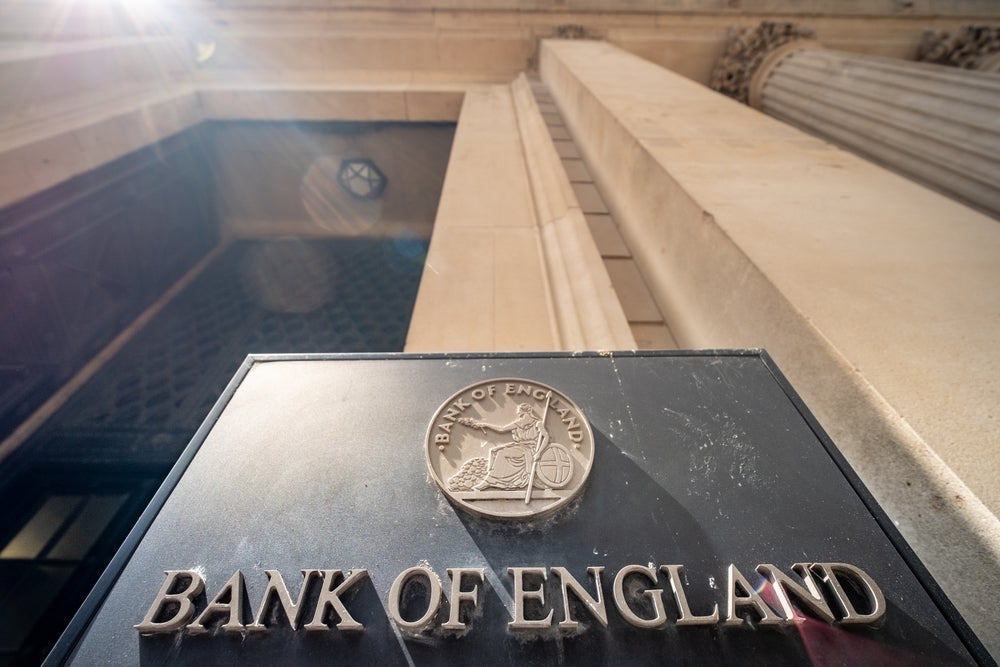
Latest research from the Financial Conduct Authority (FCA) indicates that the number of UK adults owning cryptocurrency more than doubled from 2.3m in 2021 to 4.97m in August 2022, around 9% of UK adults.
This increase in ownership is seemingly at odds with the crypto market generally which has been in what is commonly dubbed a ‘crypto winter’. There was a big decline in the market cap in the cryptomarket from its high in November 2021 of $2.9tn to around $1tn in August 2022.
Even with the cryptocurrency markets more subdued, there will still be many who have made capital gains or generated a taxable income from cryptoassets through activities such as decentralised finance. It seems fair to assume that the tax affairs of cryptoasset investors and traders are likely to come under more scrutiny from HMRC in the coming year. This is highlighted by the UK’s leading role in establishing the international Crypto-Asset Reporting Framework last year to help clamp down on international crypto tax evasion.
One of the immediate challenges that cryptoasset investors with a tax liability to pay by 31 January 2024 will face is how they can withdraw funds from their digital wallets back into their bank accounts. As it stands, there is no way for UK tax liabilities to be settled via cryptocurrencies, although that could theoretically change in the future if the Bank of England does introduce a central bank digital currency, previously dubbed as a Britcoin by Rishi Sunak.
In the meantime, crypto investors may find that if they simply seek to withdraw funds from a crypto exchange to their UK bank account, the transaction may be blocked. Many leading banks have taken a firmer stance in blocking transactions to and from cryptocurrency exchanges in the last year. Similarly, some popular cryptocurrency exchanges such as Binance have withdrawn the ability to return funds to a UK bank account.
If the transaction is not blocked entirely, it could still raise a flag with the bank for the account to be reviewed and temporarily suspend access to the account until such review is completed. If left too late, it could mean that tax liabilities remain unpaid whilst funds remain stuck in digital wallets, leading to penalties and interest being due. In particular, a 5% penalty is typically due if an individual’s tax liability is not paid within 30 days of the 31 January deadline. The late payment interest rates applicable, currently 7.75%, are also not for the faint-hearted.
How well do you really know your competitors?
Access the most comprehensive Company Profiles on the market, powered by GlobalData. Save hours of research. Gain competitive edge.

Thank you!
Your download email will arrive shortly
Not ready to buy yet? Download a free sample
We are confident about the unique quality of our Company Profiles. However, we want you to make the most beneficial decision for your business, so we offer a free sample that you can download by submitting the below form
By GlobalDataIt is likely to make sense to discuss any bank transfers from digital wallets with the bank in advance to ensure there are no issues. It may also be worthwhile exploring which crypto exchanges the bank is comfortable receiving payments from, such as those regulated by the FCA. Ultimately, the key for many crypto taxpayers who find themselves with a tax liability to pay by 31 January is to plan for their payment as soon as possible or they could find any procrastination particularly painful to their real and virtual wallets.






